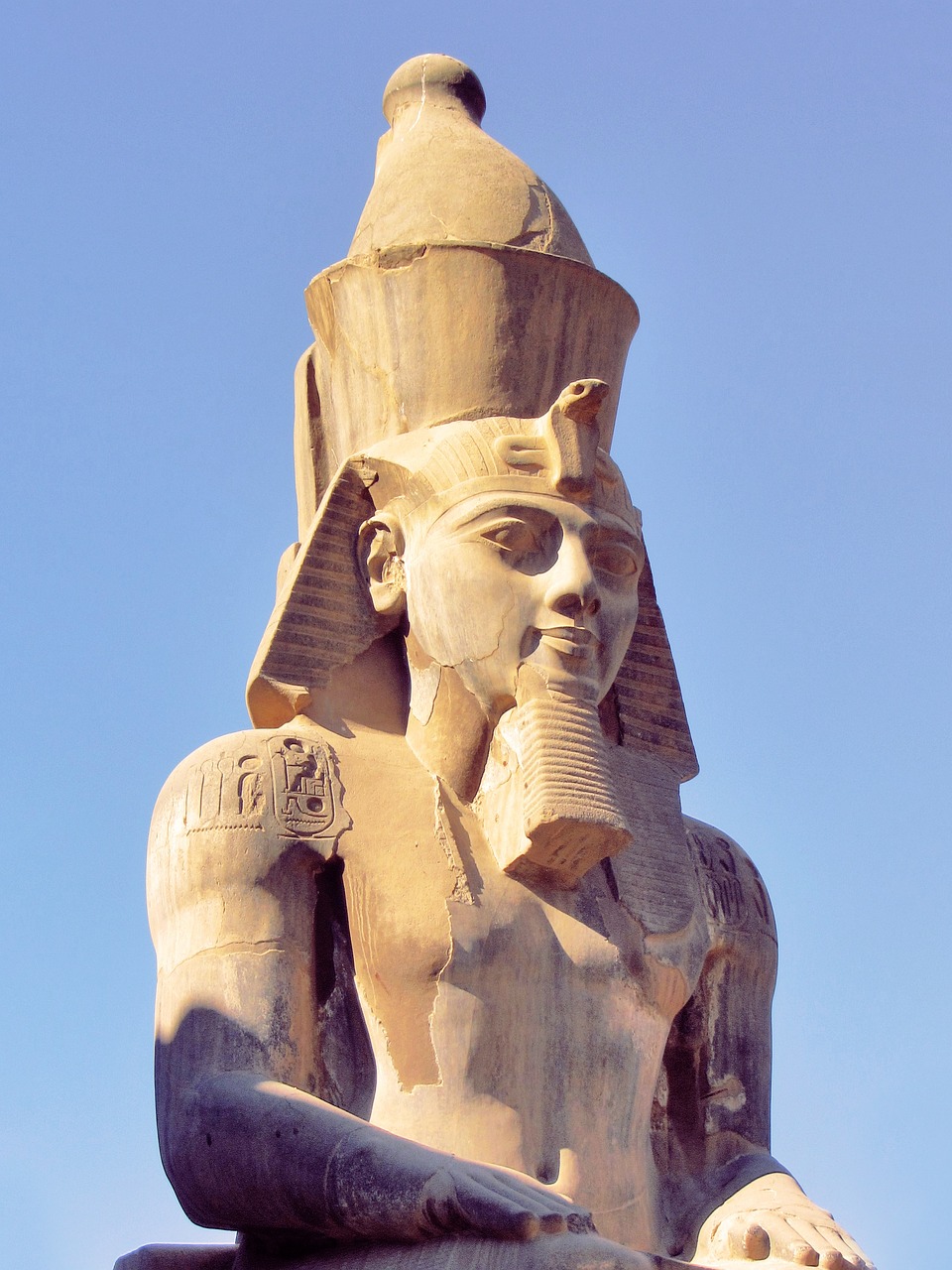Ancient Egyptian religion encompasses the indigenous spiritual beliefs and practices that evolved within ancient Egypt from its early days in the 4th millennium BCE until the gradual decline of traditional customs in the early centuries CE. For a comprehensive understanding, one can refer to the historical context of Egypt.
Nature and Importance
Religious beliefs and practices were deeply woven into the fabric of Egyptian society from around 3000 BCE. Despite the possibility of many prehistoric continuities, the profound transformations that led to the establishment of the Egyptian state created a new environment for these religious customs. Thus, viewing religion merely as a cohesive system oversimplifies its diverse manifestations. Instead, it is essential to understand these beliefs amidst various human activities and societal values.
Over its extensive history, spanning more than 3,000 years, Egyptian religion experienced several shifts in its practices and emphasis, yet it maintained a consistent character and style throughout its development. Defining religion strictly as the worship of deities and human piety fails to encompass its broader scope. Religious behavior included interactions with the deceased, divination, oracles, and a variety of magical practices, often involving divine entities.
The public religion of Egypt revolved primarily around two focal points: the king and the gods, both central to the essence of Egyptian civilization. The king held a unique position as an intermediary between humanity and the divine, engaging with the gods and constructing magnificent funerary monuments, driven by the desire for a successful afterlife.
Egypt’s pantheon is distinguished by its diverse representations, including gods with animal heads or mixed forms combining human and animal features. Two of the most significant deities are the sun god, who is connected with numerous names and aspects corresponding to various supernatural entities within a solar cycle that mirrors the continuous cycle of night and day, and Osiris, known as the god of the dead and sovereign of the underworld. Alongside his consort, Isis, Osiris gained increased prominence in the 1st millennium BCE, a period during which solar worship began to wane.
The ancient Egyptians perceived the universe as a realm encompassing both the divine and the mortal world, with Egypt situated at its center, surrounded by chaos, from which order was established and to which it would eventually revert. The king’s role was critical in maintaining divine favor to uphold this order against the looming threat of chaos. This somewhat somber worldview, mainly associated with the sun god and the solar cycle, provided powerful justification for the ruler and the elite’s authority in sustaining societal stability.
Despite the inherent pessimism of this worldview, monuments typically depicted the cosmos in a favorable light, highlighting the reciprocal relationship and harmony between the king and the gods. Such depictions reinforced the notion of order, albeit one that was fragile and required continual upkeep. Monumental artistry adhered to strict decorum principles, dictating how and when certain elements could be portrayed. This system of decorum not only echoed but also bolstered the prevailing belief in order, providing a framework for the beliefs and practices of the elite, while the faith and traditions of the broader population remain less understood. There is no definitive evidence of a fundamental divide between the religious beliefs of the elite and the general populace, yet this remains a possibility.



